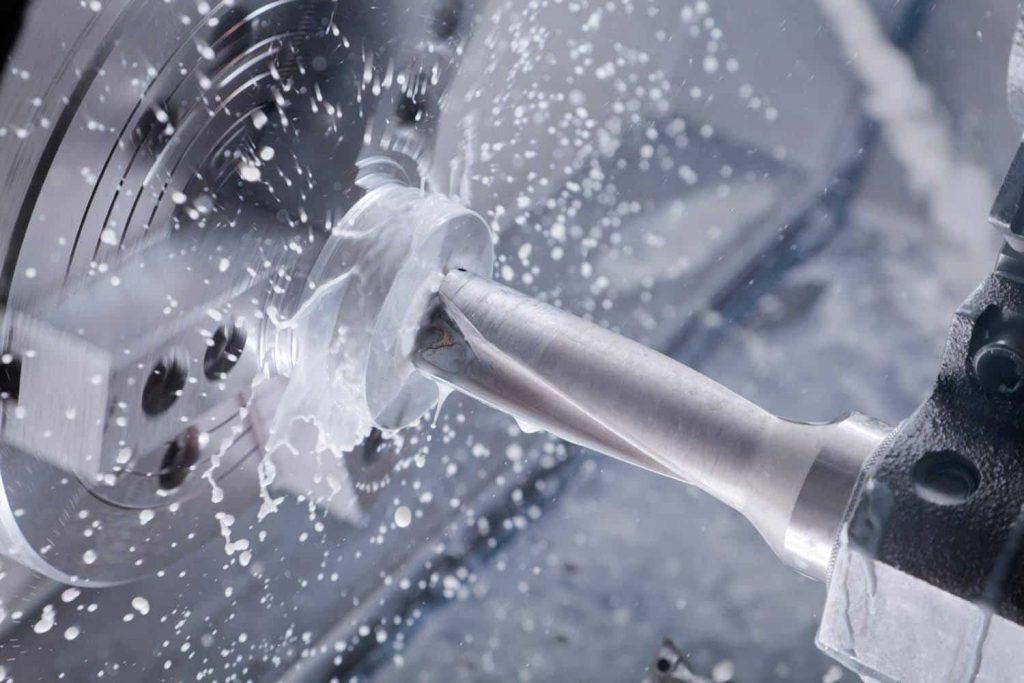For plastic items, a number of finishing techniques are available, based on the desired aesthetic and practical qualities. Among the most popular methods of finishing are:
- Plating: Plating is the process of applying a thin layer of metal to the surface of a plastic component. This can be used to increase electrical conductivity, corrosion resistance, and wear resistance.
- Painting: A common technique for giving plastic parts color and environmental protection is painting. A variety of paint types and application procedures can be used, depending on the desired result.
- Mold texturing: This entails texturizing the surface of the part while it is being molded. This could be done to improve grip, reduce friction, or for decorative purposes.
- Deburring: Deburring is a technique used to clean burrs and jagged edges off of plastic components. This could be done to improve the part's appearance or ensure its safety.
- Polishing: Polishing can be used to make a plastic part's surface smoother. It may be done to improve the part's aesthetics, reduce friction, or make cleaning it easier.
Think about the appearance you want. Do you prefer a glossy, matte, or rough finish for your parts? Various finishes can be produced using some finishing techniques, including painting and plating. Think about the functional characteristics. Do you require chemical, corrosive, or wear resistance for your parts? The practical qualities of plastic parts can be enhanced using finishing techniques, like plating and heat sealing. Think about the price. Depending on the finishing method utilized and the part's complexity, the price of finishing plastic parts can change. It's crucial to include completing costs in your overall budget.
If you are unsure about the ideal finishing method for your plastic parts, it is a good idea to consult a manufacturer or finishing expert. They can help you decide which finishing method best suits your requirements and budget.
